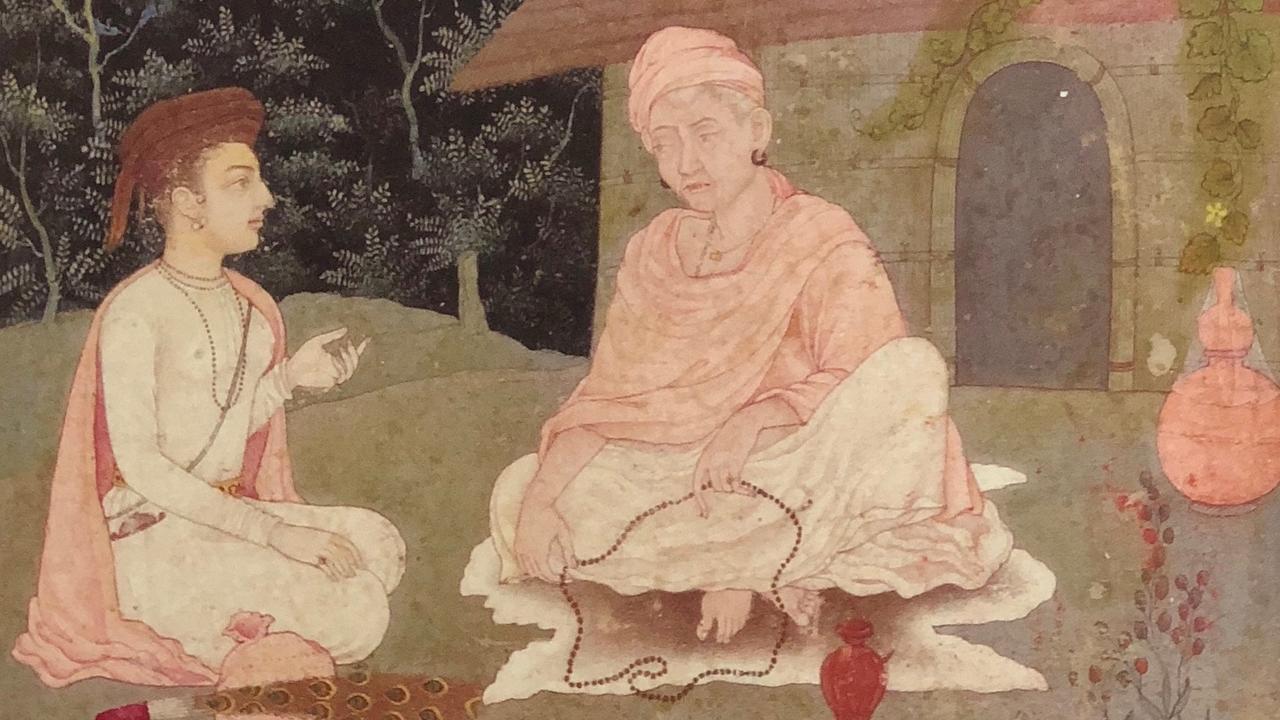Interview with Accessible Yoga Part 2: Early History of Yoga for Women
Nov 12, 2018
Part 2/4 of Seth Powell's interview with Patrice Priya Wagner from Accessible Yoga. Reposted with permission. The original post can be found here.
[Priya]
While taking an online course “An Introduction to the History and Philosophy of Yoga” with Seth Powell, I became very curious about the origins of yoga instruction for people who weren’t male and from an upper caste in India—the primary demographic we had studied. When, for example, did people with disabilities gain access to the teachings of yoga in India? What about women or other marginalized groups? Despite his busy schedule of teaching, writing a PhD dissertation, and having a family-life with children, Seth Powell agreed to an interview to shed some light on these questions.
Because the final interview was quite long, with detailed and fascinating answers to each question, I decided to divide it into separate posts, with one question and answer in each post in the series.
Priya: What is the earliest textual evidence we have of women in India gaining access to yoga asana and meditation practice?

My mind boomed with the sound of OM,
my body was a burning coal.
Six roads brought me to a seventh,
that's how Lalla reached the Field of Light. (Vākh 51)
I trapped my breath in the bellows of my throat;
a lamp blazed up inside, showed me who I really was.
I crossed the darkness holding fast to that lamp,
scattering its light-seeds around me as I went. (Vākh 52)
To the yogi, the whole wide world ripples into Nothingness:
it splashes like water on the water of Infinity.
When that Void melts, Perfection remains.
Hey priest-man, that’s the only lesson you need! (Vākh 114)
— trans. Ranjit Hoskote, I, Lalla: The Poems of Lal Ded
This shift is echoed in the medieval Haṭha Yoga texts, which promote a certain type of “yogic universalism,” we might say. For example, the Dattātreyayogaśāstra, or “Dattātreya’s Yoga Treatise,” (c. 12-13th century CE), one of the first texts to teach a system named Haṭha Yoga, states the following:
"If diligent, everyone, even the young or the old or the diseased, gradually obtains success in yoga through practice. Whether Brahmin, Ascetic, Buddhist, Jain, Skull-bearer or Materialist, the wise man endowed with faith who is constantly devoted to his practice obtains complete success. Success happens for he who performs the practices—how could it happen for one who does not?” (DYŚ 40-42, trans. James Mallinson)
“A man should strive to find a woman devoted to the practice of yoga. Either a man or a woman can obtain success if they have no regard for one another’s gender and practice with only their own ends in mind.” (DYŚ 155-56, trans. James Mallinson)
At the same time, I think we can look at such references as what Wendy Doniger has called, just the “tip of the iceberg.” If the Dattātreyayogaśāstra casually mentions that there are women “devoted to the practice of yoga,” there is surely a broader social phenomenon beyond this statement, that we are only getting a glimpse of through the male gaze of the redactors of these Sanskrit yogic texts. A unique seventeenth-century Mughal painting, for example, depicts a female ascetic guru and her male disciple, in front of a yogic hut (see image below).
For as much as we know about medieval yoga texts and traditions, there is far more that has yet to be uncovered! It is a very exciting time in the academic field of yoga studies, as new research and developments are unfolding all the time.
 Female guru and her disciple, Mughal dynasty, c. 1650. Watercolor and gold on paper, Museum Rietberg, Zűrich. Featured in Diamond (2013).
Female guru and her disciple, Mughal dynasty, c. 1650. Watercolor and gold on paper, Museum Rietberg, Zűrich. Featured in Diamond (2013).Dattātreyayogaśāstra. Mallinson, James, ed.and trans. 2013. Draft translation.
Diamond, Debra, ed. 2013. Yoga: The Art of Transformation. Washington, D.C.: Arthur M. Sackler Gallery, Smithsonian Institution.

